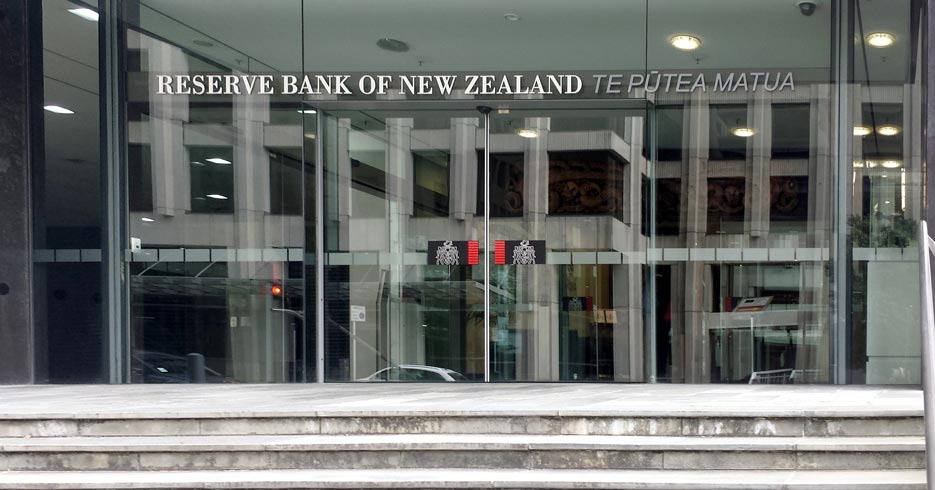The Official Cash Rate (OCR) remains at 1.0 percent. The Monetary Policy Committee agreed that new information since the August Monetary Policy Statement did not warrant a significant change to the monetary policy outlook.

Employment is around its maximum sustainable level, and inflation remains within our target range but below the 2 percent mid-point.
Global trade and other political tensions remain elevated and continue to subdue the global growth outlook, dampening demand for New Zealand’s goods and services. Business confidence remains low in New Zealand, partly reflecting policy uncertainty and low profitability in some sectors, and is impacting investment decisions.
Global long-term interest rates remain near historically low levels, consistent with low expected inflation and growth rates into the future. Consequently, New Zealand interest rates can be expected to be low for longer.
The reduction in the OCR this year has reduced retail lending rates for households and businesses, and eased the New Zealand dollar exchange rate.
Low interest rates and increased government spending are expected to support a pick-up in domestic demand over the coming year. Household spending and construction activity are supported by low interest rates, while the incentive for businesses to invest will grow in response to demand pressures.
Keeping the OCR at low levels is needed to ensure inflation increases to the mid-point of the target range, and employment remains around its maximum sustainable level. There remains scope for more fiscal and monetary stimulus, if necessary, to support the economy and maintain our inflation and employment objectives.
Summary record of meeting
The Monetary Policy Committee agreed the new information since the August Monetary Policy Statement did not warrant a significant change to the monetary policy outlook.
The Committee noted that employment remains close to its maximum sustainable level but consumer price inflation remains below the 2 percent target mid-point.
The Committee members discussed the initial impacts of reducing the OCR to 1.0 percent in August. They were pleased to see retail lending interest rates decline, along with a depreciation of the exchange rate.
The members anticipated a positive impulse to economic activity over the coming year from monetary and fiscal stimulus. The members noted that there remains scope for more fiscal and monetary stimulus if necessary, to support the economy and our inflation and employment objectives.
The Committee noted that, while GDP growth had slowed over the first half of 2019, impetus to domestic demand is expected to increase. Household spending and construction activity are supported by low interest rates, while business investment should lift in response to demand pressures.
The Committee expected increasing demand to keep employment near its maximum sustainable level. Rising capacity pressures and increasing import costs, higher wages, and pressure on margins are expected to lift inflation gradually to 2 percent.
The Committee discussed the long and variable lags between monetary policy decisions and outcomes.
The members noted several key uncertainties affecting the outlook for monetary policy, where there was a range of possible outcomes.
Global trade and other geopolitical tensions remain elevated and continue to subdue the global growth outlook, dampening demand for New Zealand’s goods and services.
Business confidence remains low in New Zealand, partly reflecting policy uncertainty and low profitability in some sectors, and is affecting investment decisions.
Fiscal policy is expected to lift domestic demand over the coming year. However, any increase in government spending could be delayed or it could have a smaller impact on domestic demand than assumed.
Some members noted that ongoing low inflation could cause inflation expectations to fall. Others noted that this risk was balanced by the potential for rising labour and import costs to pass through to inflation more substantially over the medium term.
The Committee discussed the secondary objectives from the remit and remained comfortable with the monetary policy stance.
The Committee agreed that developments since the August Statement had not significantly changed the outlook for monetary policy. They reached a consensus to keep the OCR at 1.0 percent and that, if necessary, there remains scope for more fiscal and monetary stimulus.
